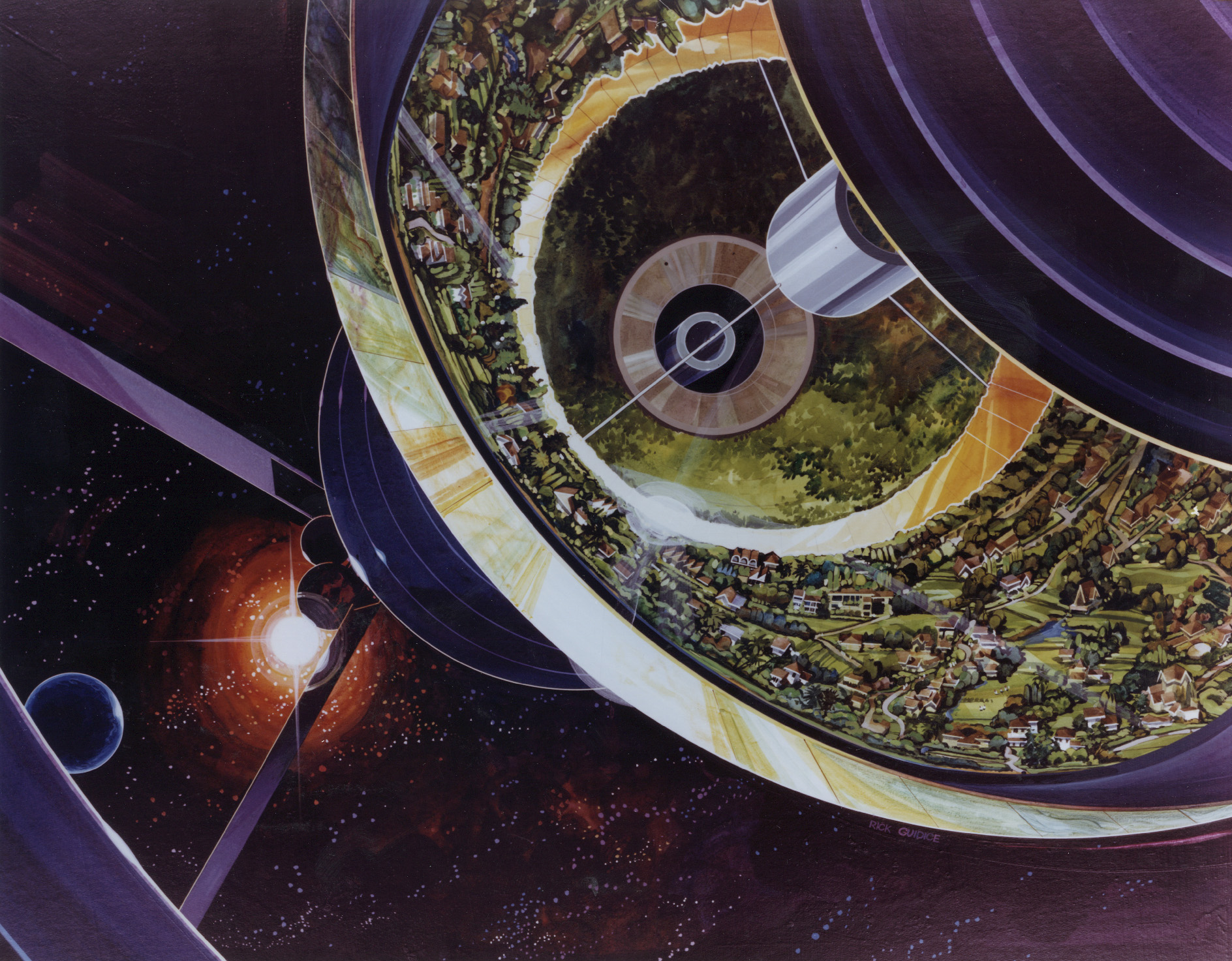
Artist rendering of EBIOS Experimental BIOregenerative Station. Credits: Interstellar Lab
Interstellar Lab has a mission to help build a future full of life on earth and beyond. To get started, the company plans modular villages on Earth designed as sealed facilities with environmental control and life support systems. EBIOS space-inspired communities will combine architecture, engineering, product design along with international collaboration in environmental science, agriculture, biochemistry, psychology and other disciplines. Each EBIOS will be a hospitality science center open to the public as well as scientists to facilitate awareness and needed research for self-sustaining space settlements. The company is developing methods and simulation software for integrated food production, water and waste systems to support human life in any environment.













